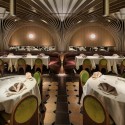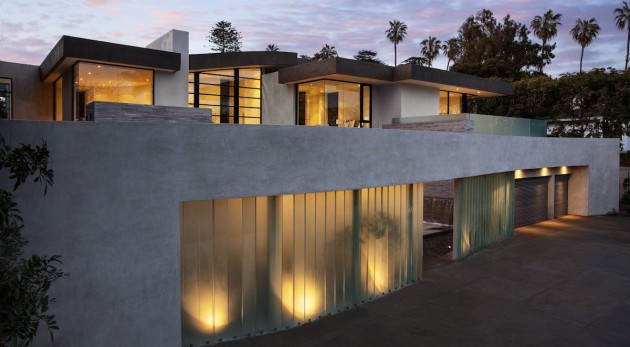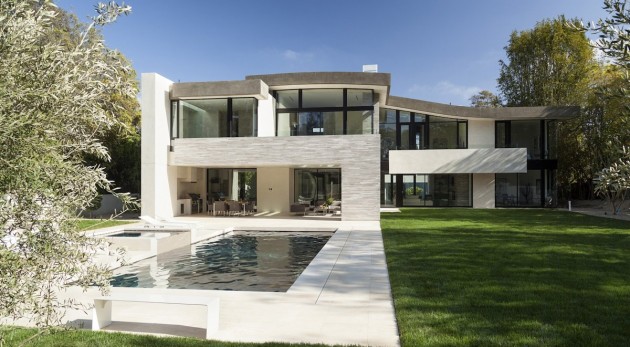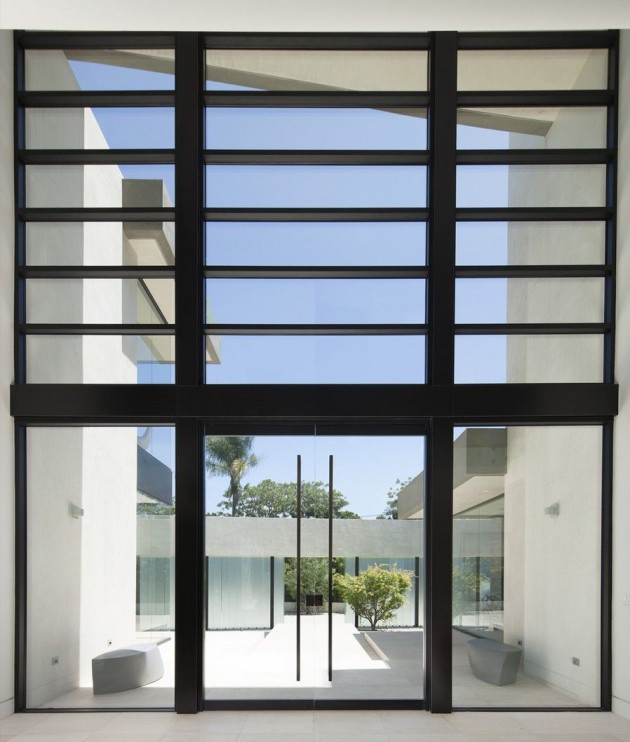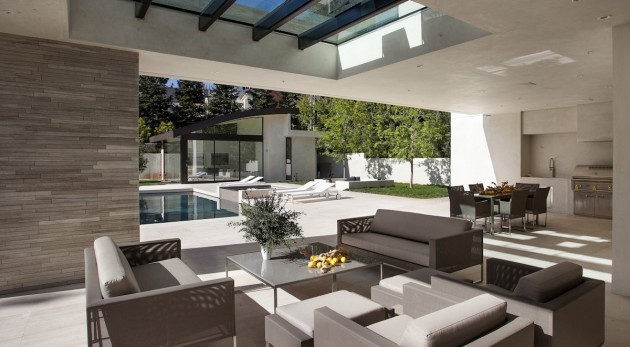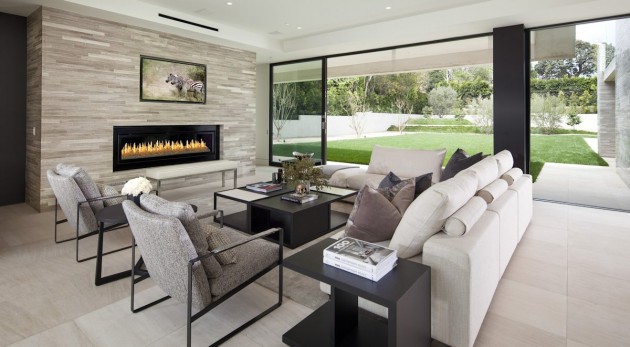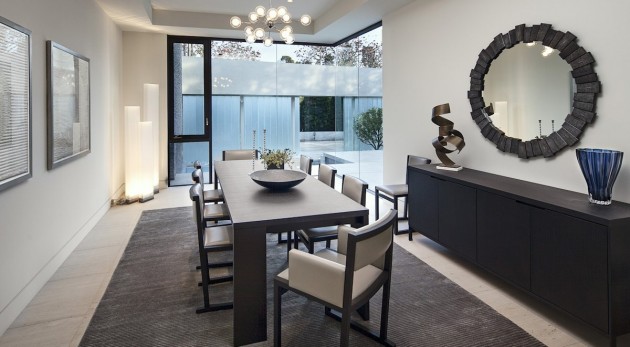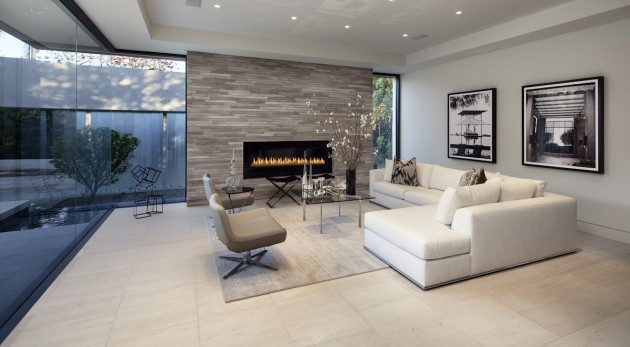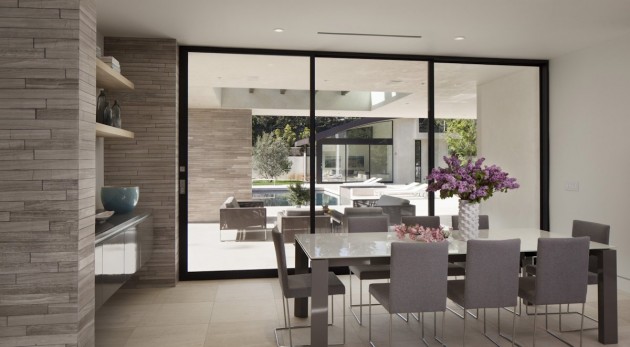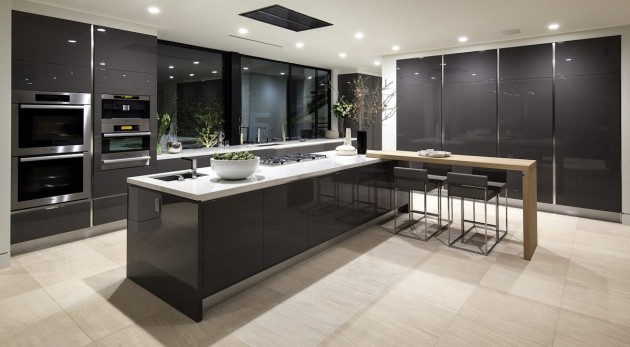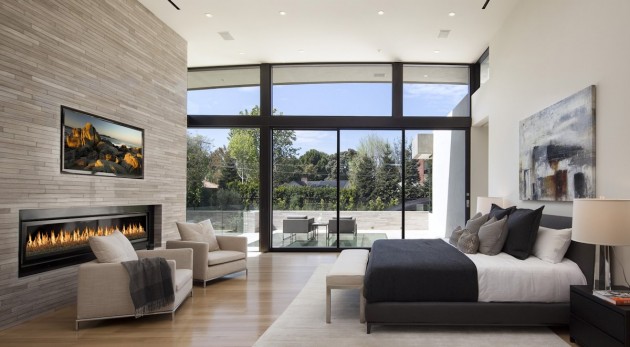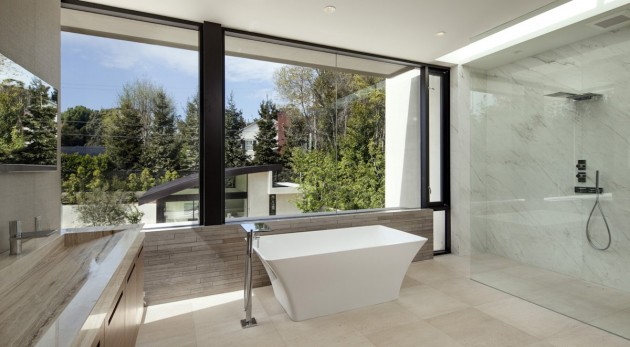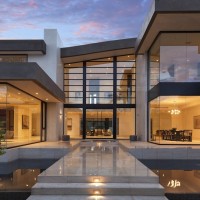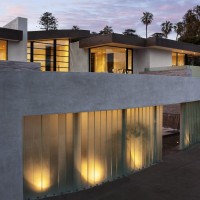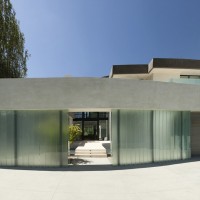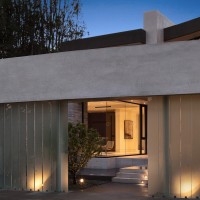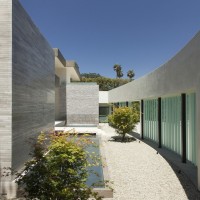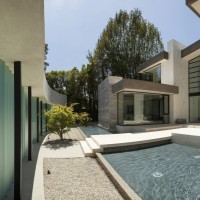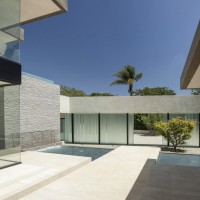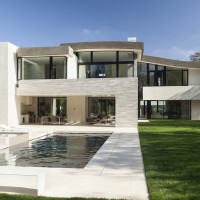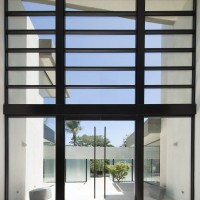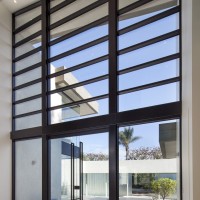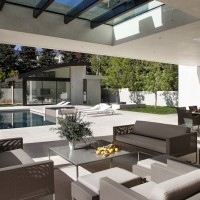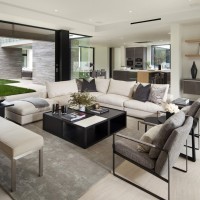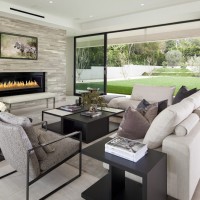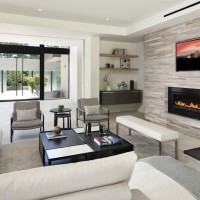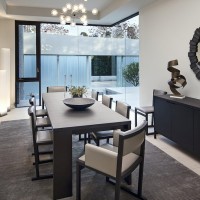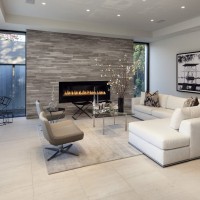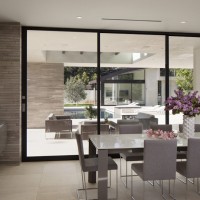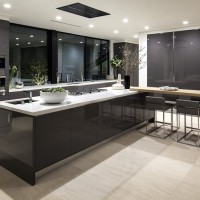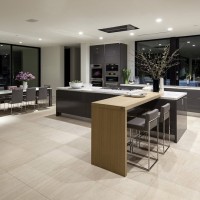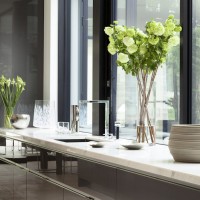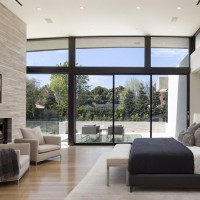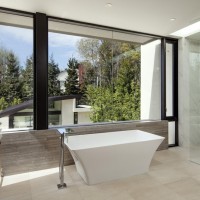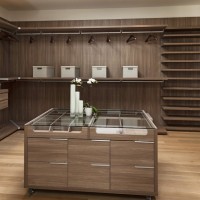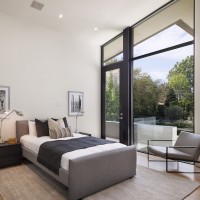The Art of Network Architecture
Business-Driven Design
The business-centered, business-driven guide to architecting and evolving networks
The Art of Network Architecture is the first book that places business needs and capabilities at the center of the process of architecting and evolving networks. Two leading enterprise network architects help you craft solutions that are fully aligned with business strategy, smoothly accommodate change, and maximize future flexibility.
Russ White and Denise Donohue guide network designers in asking and answering the crucial questions that lead to elegant, high-value solutions. Carefully blending business and technical concerns, they show how to optimize all network interactions involving flow, time, and people.
The authors review important links between business requirements and network design, helping you capture the information you need to design effectively. They introduce today’s most useful models and frameworks, fully addressing modularity, resilience, security, and management. Next, they drill down into network structure and topology, covering virtualization, overlays, modern routing choices, and highly complex network environments.
In the final section, the authors integrate all these ideas to consider four realistic design challenges: user mobility, cloud services, Software Defined Networking (SDN), and today’s radically new data center environments.
• Understand how your choices of technologies and design paradigms will impact your business
• Customize designs to improve workflows, support BYOD, and ensure business continuity
• Use modularity, simplicity, and network management to prepare for rapid change
• Build resilience by addressing human factors and redundancy
• Design for security, hardening networks without making them brittle
• Minimize network management pain, and maximize gain
• Compare topologies and their tradeoffs
• Consider the implications of network virtualization, and walk through an MPLS-based L3VPN example
• Choose routing protocols in the context of business and IT requirements
• Maximize mobility via ILNP, LISP, Mobile IP, host routing, MANET, and/or DDNS
• Learn about the challenges of removing and changing services hosted in cloud environments
• Understand the opportunities and risks presented by SDNs
• Effectively design data center control planes and topologies

[ccw-atrib-link]






















